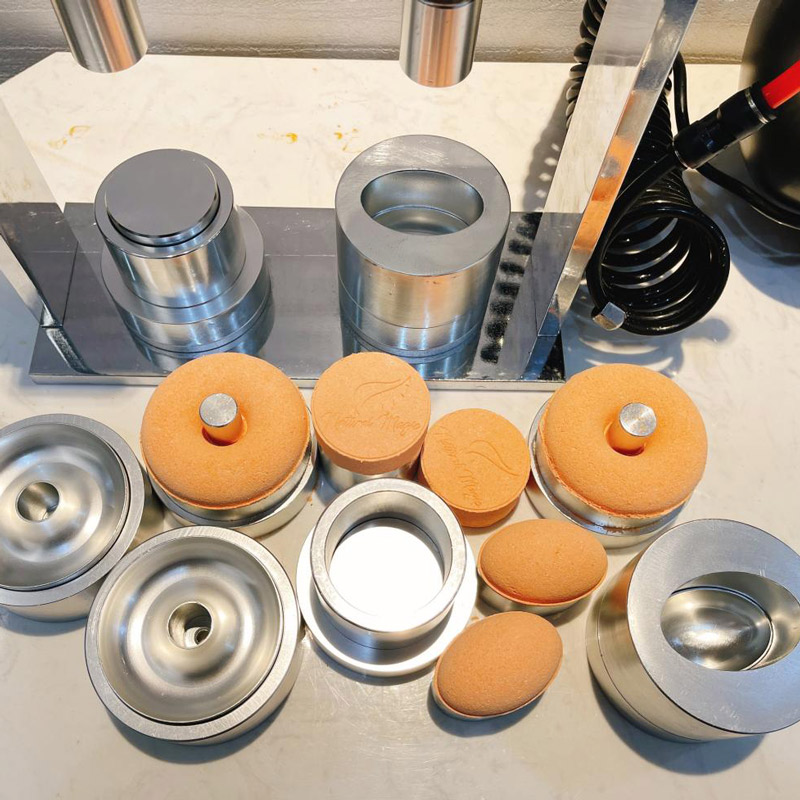We’re sorry, this feature is currently unavailable. We’re working to restore it. Please try again later.
Add articles to your saved list and come back to them any time. Bath Bomb Machine

In remote outback Queensland there’s a top-secret World War II air force base you won’t see on this year’s rolling Anzac Day coverage. Despite playing host to 3500 US airmen and hiding a classified military device used in the bombing of Hiroshima, Charleville barely registers a blip on Australia’s wartime radar.
Charleville in outback Queensland played an overlooked but fascinating part of Australia’s World War II history. Credit: Getty Images
But this whistle-stop town, encircled by red dirt and mulga scrub, played a key role in the nation’s defence during the Pacific campaign. So clandestine was Uncle Sam’s presence in Charleville between 1942 and 1946, that some locals – sworn to oaths of secrecy – took the knowledge to the grave. But poke around the town airport, once host to the first Qantas passenger flight, and you’ll find traces of the military alliance that saw a 25-kilometre square parcel of Aussie soil requisitioned by US forces.
When war broke out, Charleville already had a strong aviation reputation. The pastoral town, 745 kilometres west of Brisbane, was a regular refuelling stop for planes crossing the continent. It had hosted world-famous aviators and in 1922, welcome the first Qantas passenger service, from Charleville to Cloncurry.
In World War II, fearing invasion from the north and resolving to protect its citizens below the ‘Brisbane line’, Australia appealed to the US. The Americans responded.
The first troops arrived in Sydney in March 1942 aboard the RMS Queen Mary, a journey detailed at Charleville’s WWII Secret Base museum. The interactive museum charts Charleville’s strategic role in the war, and the US spending $1.4 million (in yesterday’s money) to build a covert base. The mission was so secret, troops were told they were being deployed to Hawaii. Imagine their shock when they arrived in outback mulga country, where the only saltwater comes from the beads on your forehead.
To learn more about the troop experience, I join a WWII Secret Tag-Along Tour, exploring the remains of the 101 buildings built during the war. Guide Abbey Farrawell wastes no time answering a burning question: why Charleville? The reason is partly practical: the airstrip was an existing refuelling and servicing hub, and planes do better in dry climates. But mostly it was strategic: Charleville is extremely remote and eluded radar detection.
The base is no longer secret - just look for the sign. Credit: Tourism and Events Queensland
“We are so far inland that a plane would have to refuel here to get back, so it’s a bit of a suicide mission to get here. It was untouchable,” Abbey explains.
She goes on to describe how the air force intended to operate gravel airstrips, but the dust became a hazard in summer. They experimented with oil sprays and even molasses, before resorting to bitumen. Rock was quarried from a site 12 kilometres out of town – now a popular waterhole and campsite – and used to construct three airstrips, two remain international standard today.
Inside the museum. Credit: Tourism and Events Queensland
The tour explores six sites littered around the airport on roads that were formerly taxiways. We see the old aircraft hangar (the only one of seven remaining) where up to 250 B17 bombers were marshalled during the Battle of the Coral Sea. Abbey explains how moisture-retaining mulga branches were sewn into camouflage nets that were pulled across the airstrip after each landing and take-off.
We view the concrete foundations of the old mess, aircraft revetments and the latrine and shower blocks, where soldiers used high-raised shower heads in an attempt to cool the bore water, which runs at a scalding 50C in summer. More eye-opening still are the bitumen baths, small dugout trenches where troops were required to bathe in a chemical solution – sheep dip-style – to combat ticks and lice. At the dance hall, we hear tales of soldier-civilian fraternisation and of the Charleville women lavished with exotic spreads of burgers, fries and ice-cream, made by airmen agitating buckets of cream at high altitude.
Trying out a bitumen bath. Credit: Tourism and Events Queensland
The local women were suitably wooed and courted. Charleville subsequently produced at least three ‘war brides’, including the daughter of Greek-born publican Harry Corones, whose eponymous hotel hosted almost nightly soldier shindigs (Hotel Corones remains a landmark and watering hole today).
The tour culminates in a visit to Building 14, housing the most classified asset of the Charleville base – the Norden Bombsight. Hidden in an underground concrete vault – listed in the original blueprints as a “dental facility” – the bombsight was a complex bomb-targeting machine and a prized US weapon used in the bombing of Hiroshima and up until the Vietnam War. Bombardiers would handcuff themselves to the bombsight, hide it under canvass and covertly install the device before training missions. They were under orders to protect it with their lives.
The bombsight is no longer classified, and you can see it for yourself in Charleville – in civvies and all.
WWII Secret Tag-along Tours cost $20 for adults, kids $10, and include discount entry to the WWII Secret Base museum. Bookings are essential.
Stay in a Heritage Rooftop Room with access to an outdoor bathtub at heritage-listed Hotel Corones.
The writer was a guest of Tourism and Events Queensland and Experience Charleville
Sign up for the Traveller Deals newsletter

Capsule Filling Machine 100 Get exclusive travel deals delivered straight to your inbox. Sign up now.